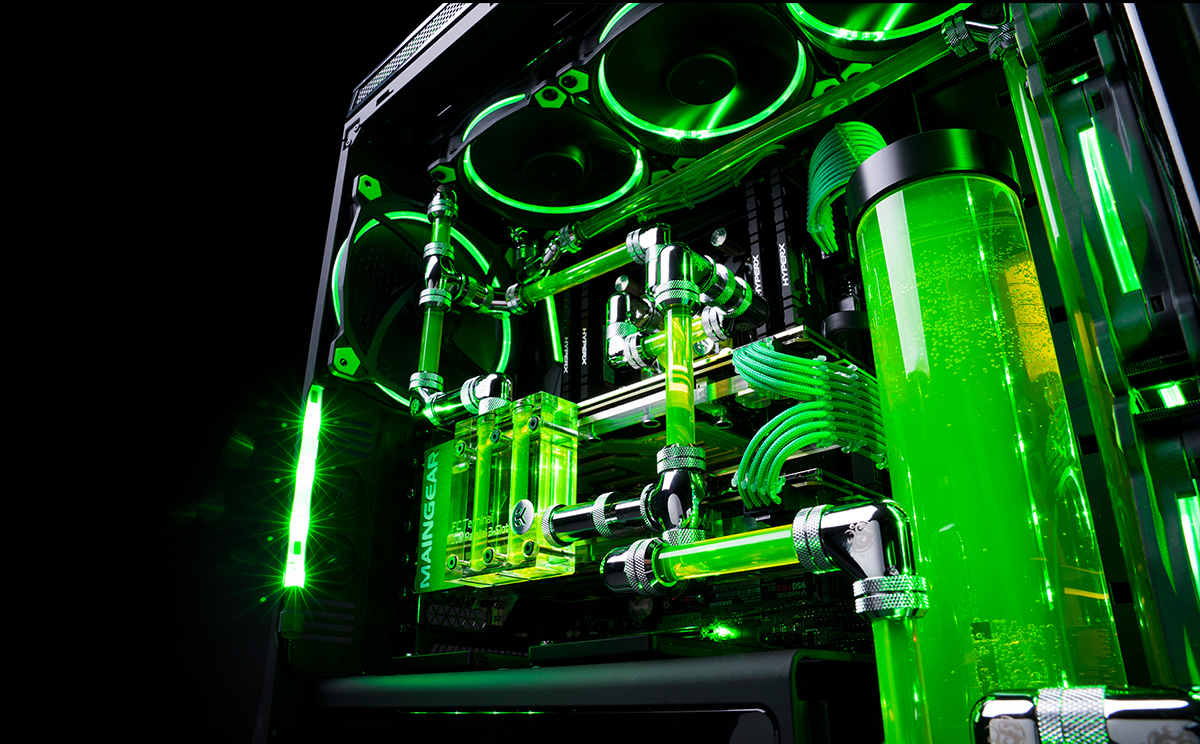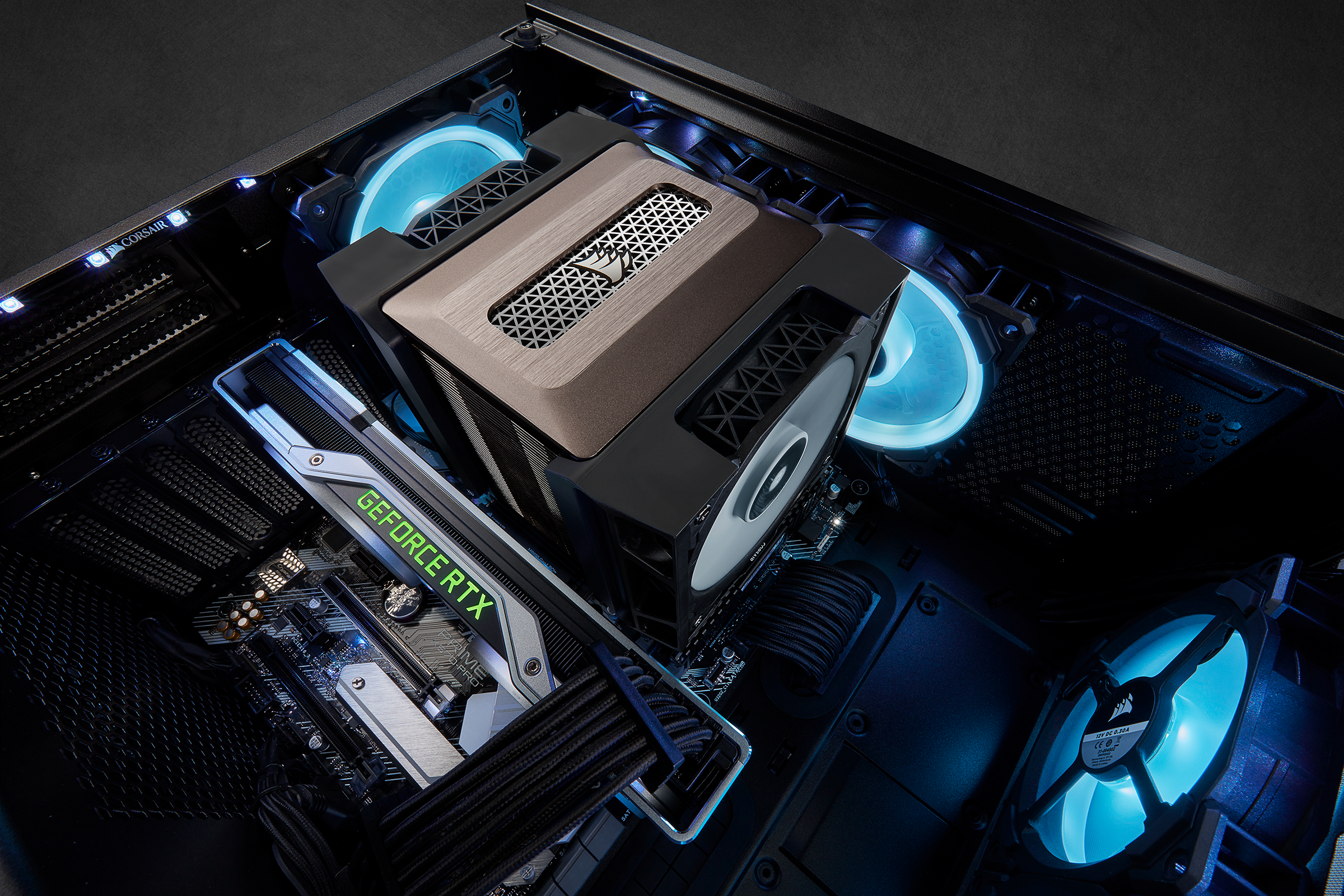
Keeping your computer cool is essential for maintaining its performance and longevity. Overheating can lead to reduced efficiency, hardware damage, and even system failure. In this blog, we'll explore the best ways to cool a computer and examine various types of computer cooling systems.
Why Computer Cooling Is Important
Ensuring your computer stays at an optimal temperature is crucial for several reasons:
- Performance: High temperatures can throttle your CPU and GPU, leading to slower performance.
- Longevity: Overheating can damage components over time, reducing the lifespan of your computer.
- Stability: Excessive heat can cause crashes and system instability.
Types of Computer Cooling Systems
Let's delve into the different types of cooling systems available and how they can help keep your computer running smoothly.
1. Air Cooling
Air cooling is the most common and cost-effective method of cooling a computer. It uses fans to circulate air through the system, expelling hot air and bringing in cooler air.
- CPU Coolers: These are specifically designed to cool the CPU. They come in various sizes and configurations, from basic stock coolers to high-performance aftermarket options.
- Case Fans: These fans are installed in the computer case to improve airflow and help dissipate heat.

2. Liquid Cooling
Liquid cooling is more efficient than air cooling and is often used in high-performance systems. It uses a liquid coolant to absorb heat from the CPU and other components, which is then dissipated through a radiator.
- Closed-Loop Systems: These are pre-built, sealed units that are easy to install and require minimal maintenance.
- Custom Loop Systems: These systems are custom-built and offer the best performance but require more expertise to install and maintain.
3. Passive Cooling
Passive cooling relies on heat sinks and natural convection to dissipate heat without the use of fans. This method is silent but less effective than active cooling methods.
- Heat Sinks: Large, metal structures that absorb and dissipate heat from components.
- Thermal Pads: Used to transfer heat from components to heat sinks or the case itself.
4. Phase-Change Cooling
Phase-change cooling is a high-end solution that uses a refrigerant to cool the computer components. This method is similar to how a refrigerator works and can achieve very low temperatures.
- Refrigeration Units: Specialized units that cool components to extremely low temperatures, often used in extreme overclocking scenarios.
Choosing the Best Cooling Method
The best way to cool a computer depends on your needs and budget. For most users, air cooling provides a good balance of performance and cost. Liquid cooling is ideal for high-performance systems, while passive and phase-change cooling are more niche solutions.
Conclusion
Keeping your computer cool is vital for its performance and longevity. By understanding the different types of cooling systems available, you can choose the best solution for your needs. Whether you opt for air, liquid, passive, or phase-change cooling, maintaining optimal temperatures will ensure your computer runs smoothly and efficiently.
